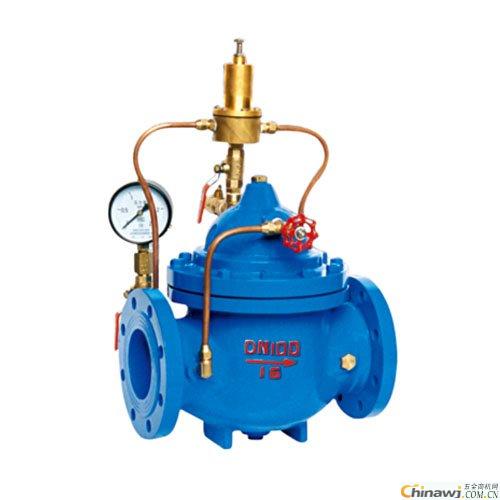When we purchase valves, we often need to purchase spare parts, flanges, screws, nuts, gaskets, electric heads, pneumatic heads, triple parts, etc. Today, I will discuss the flange gasket knowledge of the valve with everyone. Because he is related to the operation of the entire valve.
When we purchase valves, we often need to purchase spare parts, flanges, screws, nuts, gaskets, electric heads, pneumatic heads, triple parts, etc.
Today, I will discuss the flange gasket knowledge of the valve with everyone. Because he is related to the operation of the entire valve.
The following are several forms of flange gaskets commonly used in valves.
1. Flexible graphite composite gasket
This is our most common way. The middle of the flexible graphite composite gasket is a 0.5mm thick carbon steel plate or stainless steel plate. The upper and lower sides of the steel plate are covered with a flexible graphite layer, and the total thickness is about 3mm. The gasket has a certain resilience after compression, and does not cause damage to the gasket due to excessive pressing force, so the intermediate flange has a certain gap.
2, metal wave gasket
The metal wave washer is stamped or rolled onto the surface of the gasket by a mild steel having a thickness of about 0.8 mm and formed into a corrugated shape. After the gasket is pressed, the middle flange is sealed by the deformation of the wave crest. Since the gasket is very thin, the thickness after deformation is only about 0.5 mm, so that the flange has no obvious gap, and basically belongs to no gap.
3, rubber asbestos board gasket
Rubber asbestos sheet gaskets are suitable for low pressure and water system applications. Such a gasket has a small amount of deformation and a poor resilience. If it is used under high temperature conditions, the bolt is extended by the influence of temperature, the gasket cannot be compensated by the resilience of the gap, and only the increased pressing force keeps the middle flange sealed. To use this gasket as a seal, the flange must have a gap.
It is also because of the habit of using rubber asbestos board gaskets for many years, so that some units must have a gap in the flange regardless of the material and form of the flange gasket. In fact, rubber asbestos gaskets are no longer used in valves used in petrochemical process lines.
4, wound gasket
In the valve link, the principle and operation of the wound gasket is also the most complicated. Let's take a look at it together.
Use a wrap-around gasket to make the flange free of gaps, and there may be a gap on the outside, but there is actually no gap. The sealing effect of the wound gasket is achieved by using the depth of the valve body to control the amount of compression of the gasket. The amount of compression of the wound gasket is generally 0.8 to 1.2 mm. In the structural design of the compression gasket, the thickness of the wound gasket is higher than the valve body depth of 0.8 to 1.2 mm, and the two flanges of the flange are close to each other, and the pressure of the gasket is within the specified range. . Under working conditions, with the change of temperature, the sealing specific pressure of the gasket which is reduced by the elongation of the bolt can be compensated by the resilience of the gasket, so as to ensure no leakage at the middle flange gasket.
The compression of the gasket can also be controlled by the bolt tightening force. The purpose is to ensure that there is sufficient sealing pressure at the gasket and no overload, so as to ensure the resilience of the gasket. If the tightening force of the bolt is not controlled and the force is too large, the gasket will lose resilience due to plastic deformation and even destroy the structure of the gasket. The method of controlling the tightening force of the bolt is used to control the pressing amount of the gasket, and the structural design can give the wound gasket a large degree of deformation freedom. The middle flange of this structure can have a gap.
More valve information in one vertical valve:
Http://news.chinawj.com.cn
 Submission:
Submission: 
Bestware Industrial Faucet brings the fine design and high technology together in all areas of the product process beyond Sink Faucet , Commercial Faucet and Commercial Kitchen Faucet. With extensive range of components, we can offer a large selection of both standard Pre-rinse Faucet and custom Basin Tap units as well as flexible combination. Stainless steel is 100% recyclable and is comprised of over 60% recycled material, Bestware faucets are the perfect solution in the commercial and industry for better water quality and the circumvention of the development of deleterious substances and bacteria. No plating, no oxidizing, no rust, lead free.
Industrial Faucet,Industrial Style Faucets,Industrial Sink Faucet,Industrial Kitchen Taps
Bestware Hardware Production Co., Ltd. , https://www.bestwaremfg.com